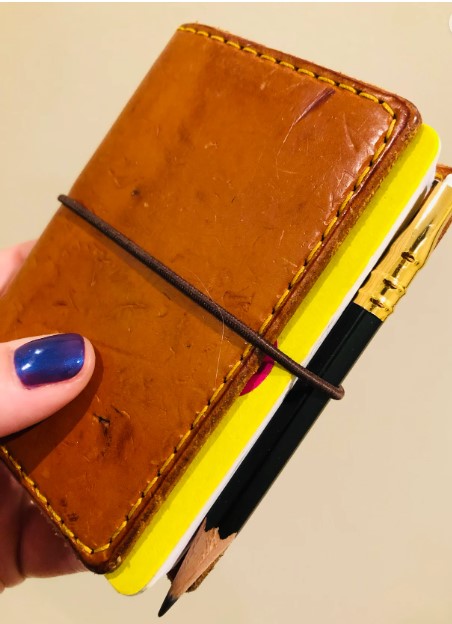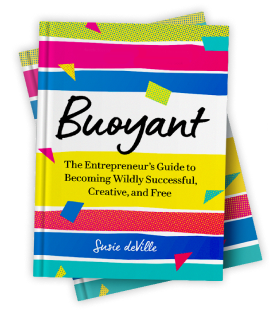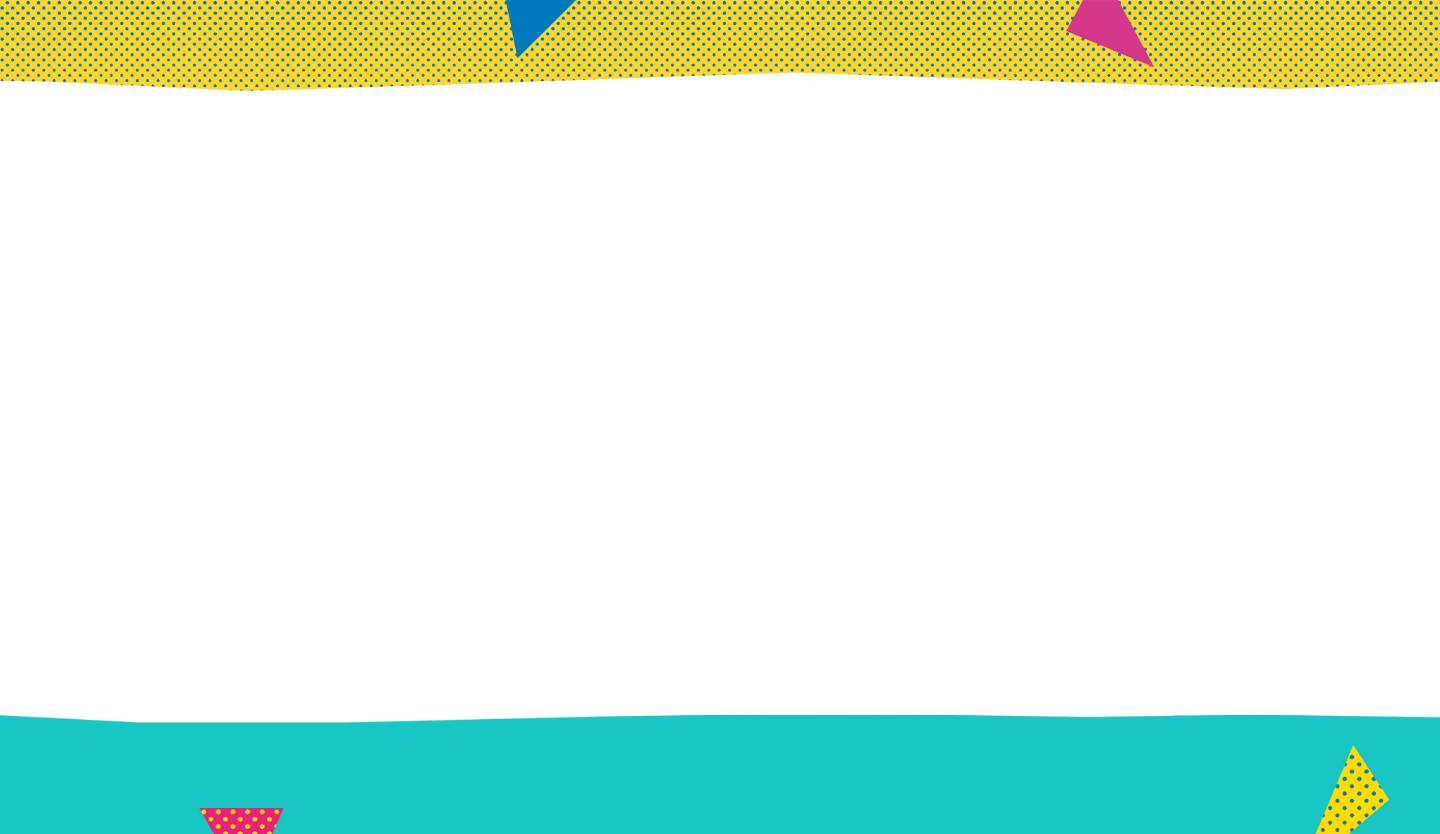“True life is lived when tiny changes occur.” ~
I slipped on my sneakers yesterday morning, looped the leather barrel laces together, and out of nowhere was ambushed by my brain.
“You are behind schedule. You need to catch up.”
In a nanosecond, my mood shifted. Gone was my joyful state, anticipating a brisk morning walk with Sophie while immersed in spectacular fall colors. In its place was sharp-edged anxiety, a cluster of tiny swords popping the balloons of my open focus and optimism.
Piercing the bottom of my willingness bucket, draining out my desire to tackle the day’s work.
Unlike thousands of times my brain has delivered such bombs out of the blue, I refused to let its attack slip past my awareness unaddressed. I grabbed my journal, tucked it into my hoodie pocket, and set out on a walk. As Sophie and I made our way through the woods, I slid my hand inside my pocket and retrieved the small notebook.
The Not Enough-ness
Wrapped in a worn, patinated leather cover with a trusty Blackwing pencil inside its elastic band, the journal represents my analog version of a “Break Glass in Case of Emergency” device.

While Sophie nosed around in the leaves beneath the rhododendrons, I opened the notebook and jotted down the steady stream of blurts comprised of “not enough-ness.” I wrote in sentence fragments, trying to bottle the torrent of thoughts that jumped from subject to subject like a squirrel making quick navigation from tree branch to tree branch.
After ten minutes or so, my brain finally seemed spent, having unloaded the entirety of its current cache of meanness. I studied the pages and nodded, recognizing the familiarity of their construction and content.
“Yep, yep, yep,” I said aloud. “Nothing new here.”
And just as my brain had popped the balloons of my optimism twenty minutes before, my journal and pencil had answered back, providing first a shield against the attack, and then a pivot to going on the offensive.
The Idea Valve
The sharp point of the Blackwing had pierced each thought and drained them of their power.
Clear minded and relieved, we resumed our walk. I looked up, let my shoulders drop. The beauty of the trail landed, and I studied the elaborate autumn palette around me. Greens that transitioned up a tree to reds, oranges, and yellows mirrored the transition of my mind.
Mist hung in the pines near the waterfall and the smell of damp leaves and pine needles seated me inside the most powerful part of my imagination.
The idea valve was now open, and I wrote with a sturdy hand and alert acuity in an effort to net them all. The roar of the falls faded as I sank into a standing meditation, deeply connected to my intuition.
Note after note. Lines connecting ideas here and there. Bulleted and concise, but enough of the lightning bottled that I would remember the entire shape and scope of each idea when back at my desk.
Sophie tugged on the leash, eager to explore more. I closed my journal and followed behind her. I heard the falls again and let myself get lost in the riot of color. Sophie’s tail swished with delight as we wound through the trees, navigating around rocks, gullies, and roots.
Similarly, navigating the terrain of our mind requires that we pay attention. That we thread our neural pathways with awareness and a realization that we can change our state in an instant. The tools for the job are simple, powerful.
Change can elude us because we do not spot the patterns of our thinking. Patterns of our thinking render patterns of our behavior.
We have a stalwart defense at our disposal, though. Lacing up and getting our bodies moving in fresh air. A journal. A pencil. A desire to disbelieve thoughts that keep us stuck and in pain.
These all work in concert to turn the wheel of what is possible for us.










